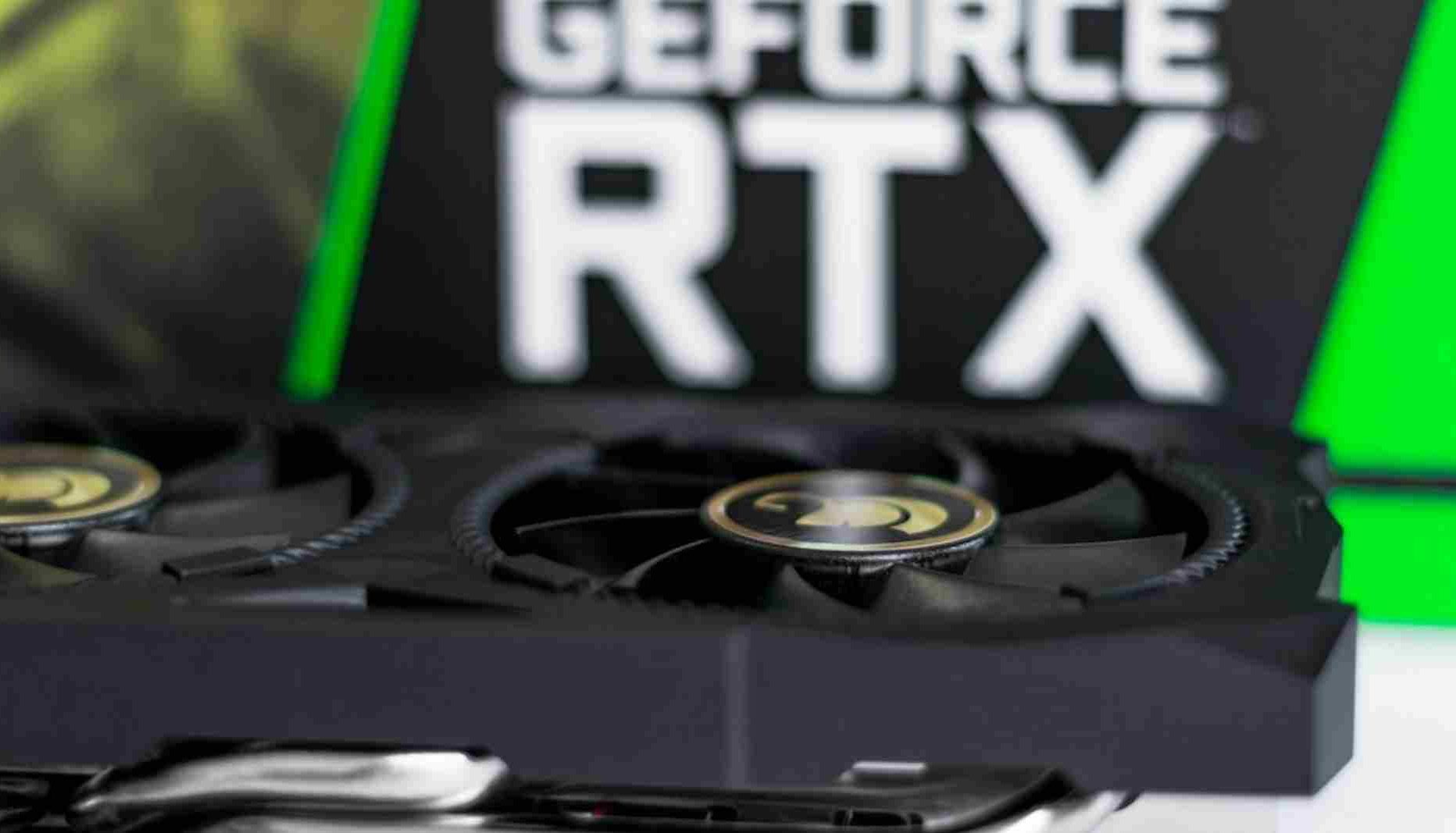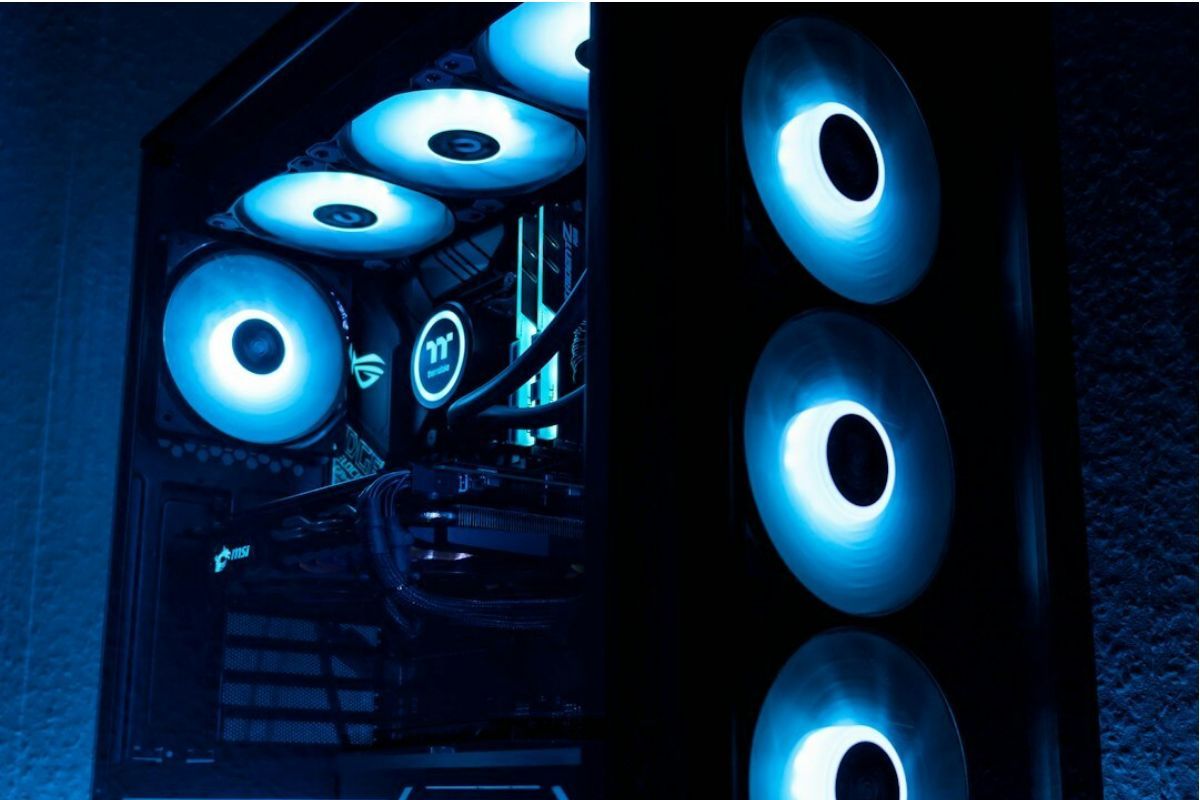Cadence Design Systems, renowned for its software utilized by industry giants like AMD and Nvidia for CPU and GPU design, has made a foray into the supercomputer arena. In a move reminiscent of Apple’s hardware-software alignment strategy, Cadence has introduced its own supercomputer, the M1, specifically engineered to execute computational fluid dynamics (CFD) at large scale and high speed.
The M1 forms part of Cadence’s new Millennium Enterprise Multiphysics Platform, which also encompasses the inaugural generation of AI-assisted CFD software, also dubbed M1. This GPU-resident version of the large eddy CFD simulator from Cadence’s Fidelity CFD suite is designed to offer a two orders of magnitude enhancement in the precision, speed, and scale of CFD simulations across various industries such as aerospace, defense, automotive, electronics, and industrial design.
The Millennium supercomputer stands out for its unique design, relying on CPU hosts with GPU accelerators and high-speed interconnects, akin to other AI and HPC supercomputers. Although Cadence has not disclosed its specific selection of compute engines or interconnects, industry speculation suggests that it may have opted for Intel Xeon SP and AMD Epyc server processors for hosts, and Nvidia A100 and H100, as well as AMD Instinct MI250X and MI300X accelerators as the primary compute power in the Millennium system. What sets Cadence’s supercomputer apart is the residency of the solvers, at the core of the Fidelity M1 large eddy simulator, within the GPUs. This means that the M1 code operates natively on the GPUs in its entirety, distinguishing it from many other GPU-accelerated applications.
According to Alex Gatzemeier, product management director for CFD at Cadence, “GPU computing in CFD is still quite new. Most of our customers, and essentially the industry as a whole, still heavily rely on CPU-based HPC systems. CFD is not currently at the same scale as AI on GPUs, but the challenge lies in effectively leveraging GPUs to scale across multiple nodes in the cloud. Millennium offers a turnkey solution, eliminating the overhead and enabling users to swiftly initiate operations in the cloud or have Millennium deployed in their own datacenter, seamlessly connecting as many nodes as required.”
While the pricing details are yet to be disclosed, further information about the M1 can be obtained from Cadence’s website.




